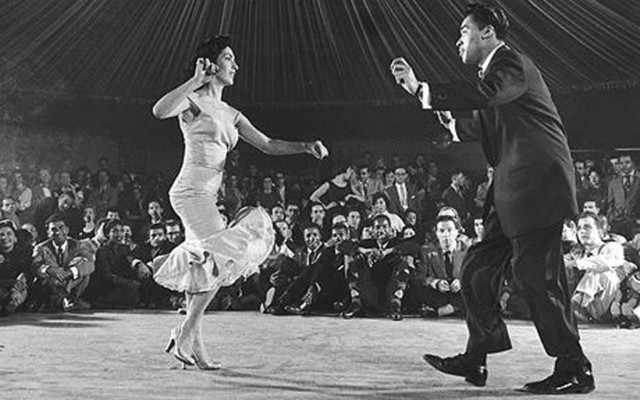
Salsa is not something easily defined, as it did not stem from one specific place or person. Instead, it is a combination of multiple roots and cultures as well as the creativity of many different persons.
In general, salsa evolved as a distillation of many Latin and Afro-Caribbean dances. When African slaves were brought to the Americas by Europeans, musical traditions came along with them. The origins can be traced to Cuba where dance and music of Europe mixed with African music from the slaves. Simultaneously, the mixing happened in Puerto Rico, Dominican Republic, and Colombia, but it was Cuba where it really flourished.
Around the time of the Second World War, many Cubans and Puerto Ricans began to emigrate to New York where it was developed further into what we know today as “Salsa”, which was a commercial term used to promote it. While New York in the 1940s was very segregated in terms of race, a Latin club called Palladium attracted all the top musicians of the era under one roof. In Palladium, whites, blacks, Hispanics, and other races were all equal and were judged only on their ability to dance, which was unheard of in America at the time.
By the 1970s the dance had developed significantly to gain wider acceptability worldwide in what was termed the “salsa explosion”.
Every decade, new influences and styles emerge as artists integrate their own unique touches.











